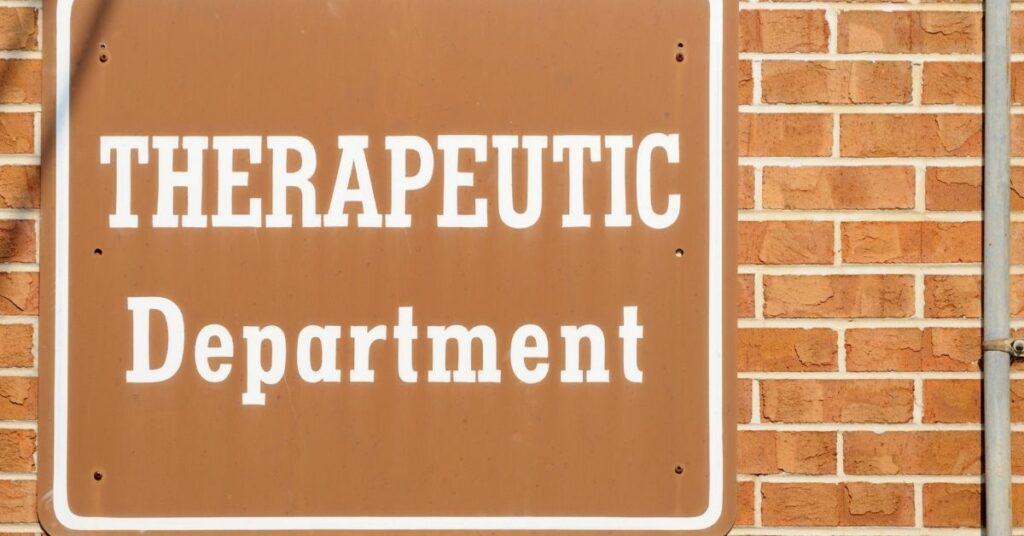Contents
What Is Therapeutic Lifestyle Change (TLC)?
The therapeutic lifestyle change (TLC) is a therapeutic intervention that employs the therapeutic relationship to alter client behavior. Simultaneously impart coping skills for managing their illness. Therapeutic lifestyle changes entail a personalized plan. For instance, such as an intensive exercise regimen or stress management skills, that may be carried out in any setting. It also includes psychoeducation about behaviors and medical treatments for chronic conditions.

Therapeutic lifestyle change is a set of tools, dietary suggestions, ideas, and programming for assisting people in lowering their health risks. TLC programs help individuals reduce their risk of heart disease. By encouraging them to eat a balanced diet and exercise on a daily basis. A low-carbohydrate, high-fat diet is rich in saturated fat, trans fat, and cholesterol.
A successful TLC program is more like a course or an online course than a simple health challenge or brochure. A quality TLC program is an in-depth exploration of several things. Such as the why and how of living a healthy life to reduce high disease risks.
Here’s what some of the research says about the impact of TLC. There is even evidence that a TLC program can help with depression and diabetes treatment. LDL cholesterol can be lowered by 10 milligrams per deciliter in people. This will eventually reduce their saturated fat intake to less than 7% of total calories.
Importance Of Therapeutic Lifestyle?

Therapeutic Lifestyle Change should be part of every workplace wellness program. In a group of 100 employees, 29 have obesity, 21 have high blood pressure, 17 have high cholesterol and 9 have elevated blood glucose. Most adults have these health risks. Some worksites are worse than others.
At least one of these health hazards affects almost everyone. Cardiovascular illness can develop as a result of more than one risk. Metabolic syndrome is defined as having four or more of these risks. One explanation for the rise in adult chronic diseases is that people are living longer. Workers with high health risks are more likely to be absent from work and file worker’s compensation claims. Moreover, they try to spend greater amounts on health care.
Workforce wellness programs encourage employees to undergo biometric screenings as a safeguard against dangerous health conditions. These “know your numbers” campaigns assist workers in recognizing possible health concerns. Typically, an employee receives their biometric data. They will be given the opportunity to meet with a nurse or a health coach. Results will be discussed, and some suggestions will be offered. Typically, the employee will receive a brochure and encouragement to contact a primary care physician. In case if he or she has any questions.
Benefits Of TLC For Employees
Knowing your numbers is a beneficial habit for everyone, but getting screened is just the beginning. Similarly, It’s what follows after the screening that matters most. Almost all workplace wellbeing programs lack this important component.
Employees who have a lot of risk in their health will be encouraged to get medical attention. The right way for them to start is with a therapeutic lifestyle change. That means they should start with small changes, like eating healthier and exercising more, and then work their way up.
This means adopting and maintaining a healthy lifestyle. It is the best way to deal with health risks that are high. After all, those health risks are just symptoms of unhealthy behaviors. If people with a high risk for health problems do things like eating healthily and exercising, they will get better. Many people don’t know what TLC is.
Employees are frequently given some encouraging talk, motivation, and even the opportunity to meet with a health coach. The majority of the time, they have prescribed medication. It will need to be taken for the rest of their lives in order to reduce their risk.
There aren’t many alternatives for individuals to adopt a therapeutic lifestyle change in most worksite wellness programs. Even the medical sector is moving cautiously to embrace TLC. Doctors are not reimbursed for talking to their patients, according to the American Medical Association. Many doctors don’t spend much time discussing healthy living with their patients. This is perhaps because they don’t think their clients will follow through. Worse, if a doctor wanted to discuss TLC with his or her patient, there aren’t many official TLC programs available.
How Can Employees Participate in a TLC Program?

Researchers have created a helpful brochure. It has pictures of what happens in Therapeutic lifestyle change (TLC) programs. Employees want a well-designed, comprehensive, and easy-to-navigate program. It will walk them through all of the essential aspects of lowering their high health risks.
Effective Therapeutic lifestyle change (TLC) programs teach you how to eat healthily and exercise. They help people overcome the barriers that can stop you from eating and exercising.
The third component of a successful behavior transformation is the environmental context. It certainly includes all of the education, tools, and methods, motivation, and assistance from others. All those things that individuals need to convert healthy habits. It’s a scientific program that teaches and encourages employees to make positive adjustments in their diet and exercise routines.
If an individual’s health risks remain high after TLC. It’s time to talk with a doctor about beginning a regiment of risk-reducing medications. Medications are effective at reducing elevated health risks and can help reduce the incidence of chronic diseases.
Medications, on the other hand, only address the symptoms of illness. In order to have excellent health and long, high-quality existence, you must live a healthy lifestyle. Everyone should take the first step to improve their health by using Ultra-High Frequency Technology. If those efforts fail, employees and their spouses should seek help from their doctors.
Therapeutic Lifestyle Changes Work

Some people had a program. It was like TLC. 300 people were in it and some researchers did the study. Half of the participants in the TLC program began immediately, while the other half waited six months.
The purpose of Therapeutic Lifestyle Change (TLC) is to educate participants. About how to live a healthy lifestyle at work and at home so that they do well. Participants increased their daily servings of fruits, vegetables, grains, and fat from animal sources when they were in the TLC program by 2-3 servings per day.
It was shocking to discover that health hazards can rapidly increase in just six weeks. Those who maintained healthy habits had lower health risks for six weeks, six months, 12 months, and even 18 months after the program began. Participants learned how to live healthy lifestyles by adopting and maintaining them. Their food habits changed, as did their physical activity routines. But it gets better. Hypertension, cholesterol, and blood sugar levels fell among those at risk who took part in this program. The majority of the participants lost considerable amounts of weight, according to the study. This research has been published in several peer-reviewed journals.
Therapeutic lifestyle changes (TLC) are a proven and effective way to improve employee health. The goal of TLC is to help employees by preventing, arresting, and in some cases even reversing chronic diseases. Therapeutic lifestyle change programs will help employees start taking small daily steps that will transform their health.
Therapeutic Lifestyle Change is The Missing Piece

Most wellness programs, including those run by employers, offer challenges, courses, and coaching to assist employees. Moreover, their significant others in improving nutrition habits and exercise behaviors. Unfortunately, these basic services aren’t always enough to assist workers. With the purpose of achieving substantial long-term health risks reductions.
The most difficult thing for individuals to do is to modify their behaviors. Blood cholesterol, blood pressure, and blood sugar don’t all rise at once. Over the course of many years, unhealthy behaviors may raise one’s risk of developing heart disease. Because it takes decades to create these higher health dangers. The habits that lead to them, turning things around will necessitate a lot of long-term effort.
It is extremely difficult to maintain therapeutic lifestyle changes, and it takes a long time. Of course, people should still try their best because the benefits far outweigh any difficulties that may arise.
TLC isn’t an official medical term like “antibiotic” or “hypertension.” There aren’t many TLC programs available at hospitals and clinics, and there aren’t any therapeutic TLC programs available through the American Medical Association.
A Word from Mantra Care
Moreover, the therapeutic lifestyle change is a way to show patients how they can manage their illness. They use the relationship with the therapist to learn skills and how they can do this. It includes an individualized strategy such as a comprehensive exercise program or stress management techniques in any setting. If you have chronic conditions like cancer, diabetes, obesity, asthma/COPD, etc., you will get help to learn about your illness. This includes different behaviors and treatments. If you are looking for ways to improve your health. However, don’t know what would work best for you, this blog post might help! We would love it if you contact us so we can offer our expertise and guidance.
Do you want to keep your employees happy, healthy, and productive? Join our employee assistance program and get a healthier workplace.


